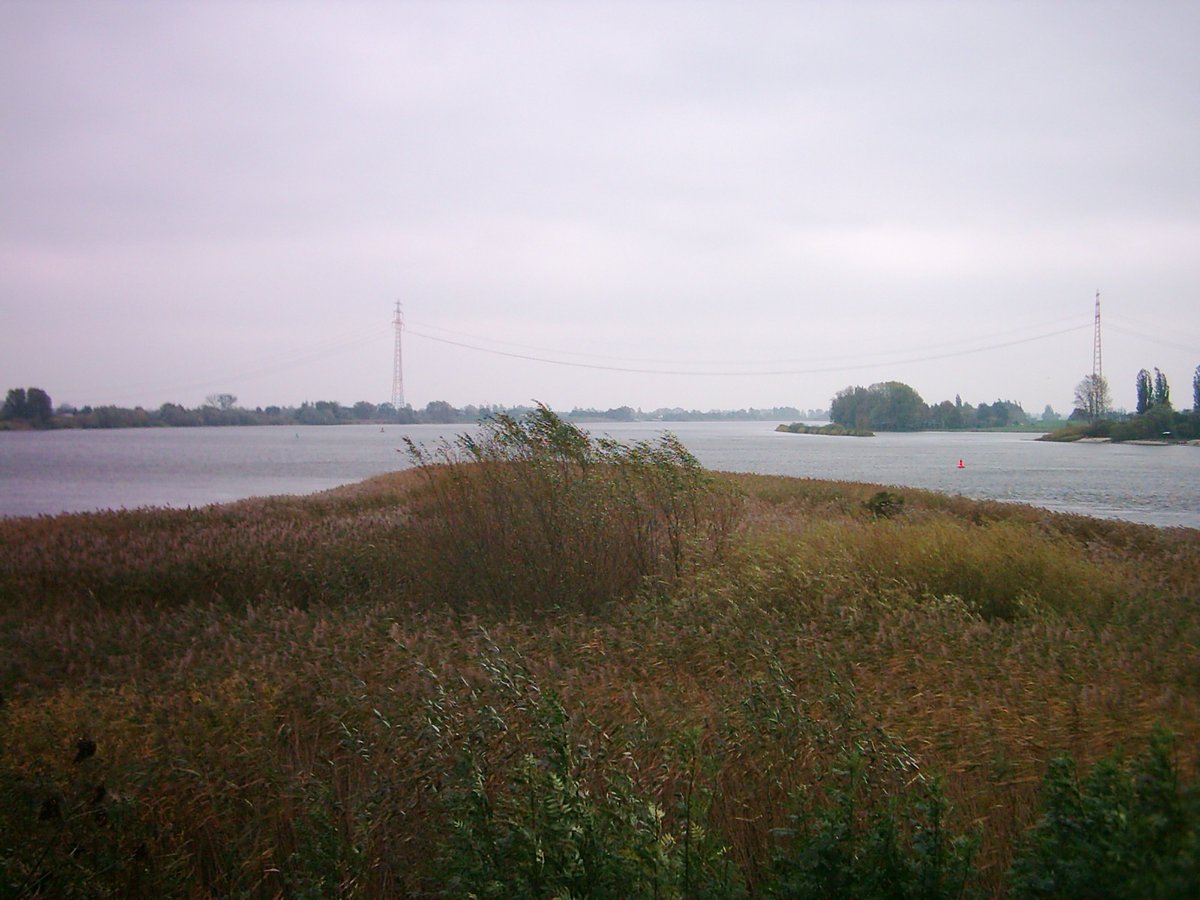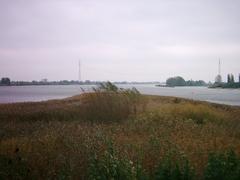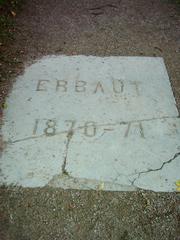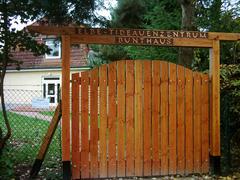
Gauerter Hauptdeich Visiting Hours, Tickets, and Historical Insights
Date: 25/07/2024
Introduction
Gauerter Hauptdeich, located in the bustling city of Hamburg, Germany, stands as a testament to the city’s rich history and its enduring battle against the forces of nature. This impressive flood defense system is not only an engineering marvel but also a cultural landmark that offers a glimpse into Hamburg’s resilience and ingenuity. Hamburg, a crucial trading hub since its inception in the 9th century, has always been at the mercy of the Elbe River’s periodic flooding. The Gauerter Hauptdeich, along with the city’s extensive network of dikes and levees, has played a pivotal role in protecting the city from these natural calamities. The significance of these flood defenses was starkly illustrated during the catastrophic storm surge of 1962, which resulted in significant loss of life and property (Wikipedia).
Hamburg’s strategic location and its membership in the Hanseatic League during the medieval period further bolstered its status as a major trading center. The city’s economic strength and autonomy were solidified when it became a free imperial city of the Holy Roman Empire (Britannica). Over the centuries, Hamburg has continuously evolved its flood defense systems, incorporating advanced engineering techniques to enhance their effectiveness. Today, Gauerter Hauptdeich is not just a functional structure but a vibrant community space offering scenic views of the Elbe River and the city skyline. This guide provides a comprehensive overview of Gauerter Hauptdeich, including its historical significance, visitor information, and nearby attractions.
Table of Contents
- Introduction
- Historical Background
- The Role of Gauerter Hauptdeich
- Architectural and Engineering Significance
- Cultural and Social Impact
- Historical Events and Developments
- Modern Developments and Future Prospects
- Visitor Information and Tips
- FAQ Section
- Conclusion
Explore Gauerter Hauptdeich - Hamburg’s Historic Flood Defense and Cultural Landmark
Historical Background
Gauerter Hauptdeich is deeply intertwined with the broader history of Hamburg, a city that has been a crucial trading hub since its founding in the 9th century. Hamburg’s strategic location on the Elbe River made it a vital port city, contributing to its development and prosperity over the centuries (Wikipedia). During the medieval period, Hamburg was a member of the Hanseatic League, a powerful economic and defensive alliance of merchant guilds and market towns in Northwestern and Central Europe. This affiliation bolstered Hamburg’s status as a major trading center. The city’s autonomy and economic strength were further solidified when it became a free imperial city of the Holy Roman Empire (Britannica).
The Role of Gauerter Hauptdeich
Gauerter Hauptdeich, a crucial part of Hamburg’s flood defense system, has played a significant role in protecting the city from the Elbe River’s periodic flooding. The construction of dikes and levees, including Gauerter Hauptdeich, has been essential in safeguarding Hamburg’s infrastructure and inhabitants. The importance of these flood defenses was starkly highlighted during the severe storm surge of 1962, which caused the Elbe to rise to unprecedented levels, inundating large parts of Hamburg and resulting in significant loss of life and property (Wikipedia).
Architectural and Engineering Significance
The engineering marvel of Gauerter Hauptdeich is a testament to Hamburg’s commitment to flood protection and urban planning. The dike system has evolved over the centuries, incorporating advanced engineering techniques to enhance its effectiveness. Modern flood defenses in Hamburg, including Gauerter Hauptdeich, are designed to withstand extreme weather events, reflecting the city’s proactive approach to climate change and rising sea levels.
Cultural and Social Impact
Gauerter Hauptdeich is not just a functional structure; it also holds cultural and social significance for the people of Hamburg. The dike and its surrounding areas have become popular recreational spots, offering scenic views of the Elbe River and the city skyline. The integration of green spaces and walking paths along the dike has transformed it into a vibrant community space where residents and visitors can enjoy outdoor activities.
Historical Events and Developments
Several historical events have shaped the development and significance of Gauerter Hauptdeich. One notable event was the Great Fire of Hamburg in 1842, which destroyed a significant portion of the city. The reconstruction efforts that followed included the enhancement of flood defenses, recognizing the need for robust infrastructure to protect against future disasters (Wikipedia). In the 20th century, Hamburg’s incorporation of neighboring cities such as Altona, Wandsbek, and Harburg under the Greater Hamburg Ordinance of 1937 further emphasized the importance of comprehensive urban planning and flood protection. The devastation caused by World War II, including extensive bombing raids that damaged much of Hamburg’s infrastructure, necessitated significant rebuilding efforts. The reconstruction phase included modernizing and expanding the city’s flood defense systems, including Gauerter Hauptdeich (Britannica).
Modern Developments and Future Prospects
In recent years, Hamburg has continued to invest in its flood defense infrastructure, recognizing the ongoing threat posed by climate change. The HafenCity project, a major urban redevelopment initiative, includes state-of-the-art flood protection measures integrated into its design. This project exemplifies Hamburg’s forward-thinking approach to urban development and resilience (Wikipedia). Gauerter Hauptdeich remains a critical component of Hamburg’s flood defense strategy. The dike’s maintenance and periodic upgrades ensure that it continues to provide effective protection against flooding. The city’s commitment to sustainability and environmental stewardship is evident in its efforts to balance urban development with the preservation of natural landscapes and ecosystems.
Visitor Information and Tips
Planning your visit to Gauerter Hauptdeich? Here’s everything you need to know:
- Visiting Hours: Gauerter Hauptdeich is accessible year-round. However, guided tours and visitor centers may have specific hours.
- Tickets: Entry to explore Gauerter Hauptdeich is free. Guided tours may require a ticket.
- Best Time to Visit: The best times to visit are during the spring and summer months when the weather is pleasant.
- How to Get There: Gauerter Hauptdeich is located in Hamburg. It is easily accessible by public transport, with several bus and train routes connecting to the site.
- Accessibility: The pathways along the dike are well-maintained and accessible, making it an ideal spot for leisurely strolls or more vigorous outdoor activities.
- Guided Tours: Learn more about the history and significance of Hamburg’s flood defenses through guided tours available in the area. These tours provide insights into the engineering techniques used in the construction and maintenance of the dike.
- Nearby Attractions: After visiting Gauerter Hauptdeich, explore other nearby attractions such as the Elbphilharmonie, Miniatur Wunderland, and the historic Speicherstadt district.
FAQ Section
To help you plan your visit, here are some frequently asked questions:
- What are the visiting hours of Gauerter Hauptdeich? Gauerter Hauptdeich is open to visitors year-round, but guided tours and visitor centers may have specific operating hours.
- Is Gauerter Hauptdeich accessible for people with disabilities? Yes, the pathways along the dike are well-maintained and accessible, making it a suitable destination for visitors with disabilities.
- Are there guided tours available at Gauerter Hauptdeich? Yes, guided tours are available and provide valuable insights into the history and engineering significance of the dike.
Conclusion
Gauerter Hauptdeich is a vital part of Hamburg’s history and infrastructure, reflecting the city’s resilience and ingenuity in the face of natural challenges. Its significance extends beyond its functional role as a flood defense, encompassing cultural, social, and historical dimensions that make it a fascinating destination for visitors. By exploring Gauerter Hauptdeich, tourists can gain a deeper appreciation for Hamburg’s rich heritage and its ongoing efforts to protect and enhance its urban environment. For more information about visiting Gauerter Hauptdeich and other historical sites in Hamburg, download our mobile app Audiala, check out our other related posts, or follow us on social media for the latest updates.
References
- Wikipedia, 2024, History of Hamburg
- Britannica, 2024, Evolution of the modern city






















































































